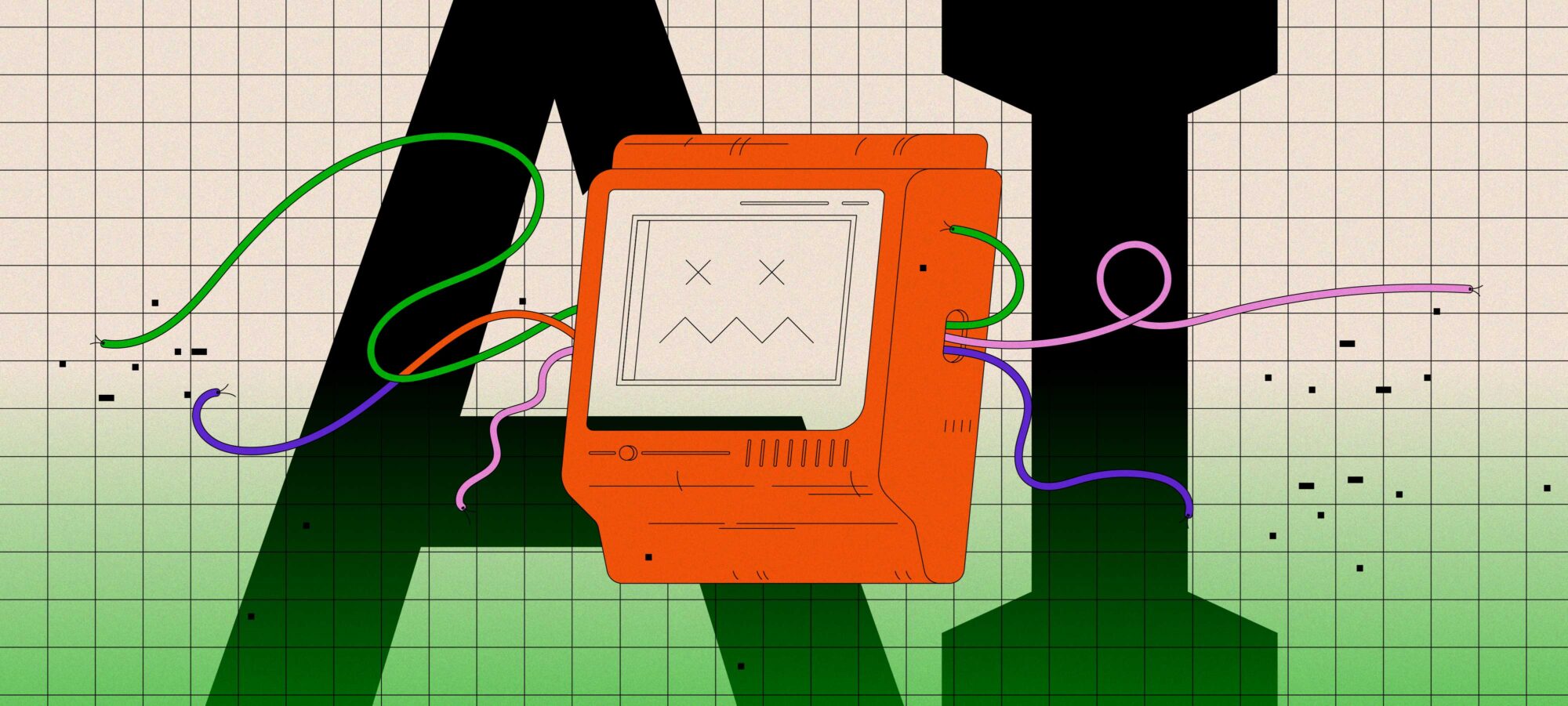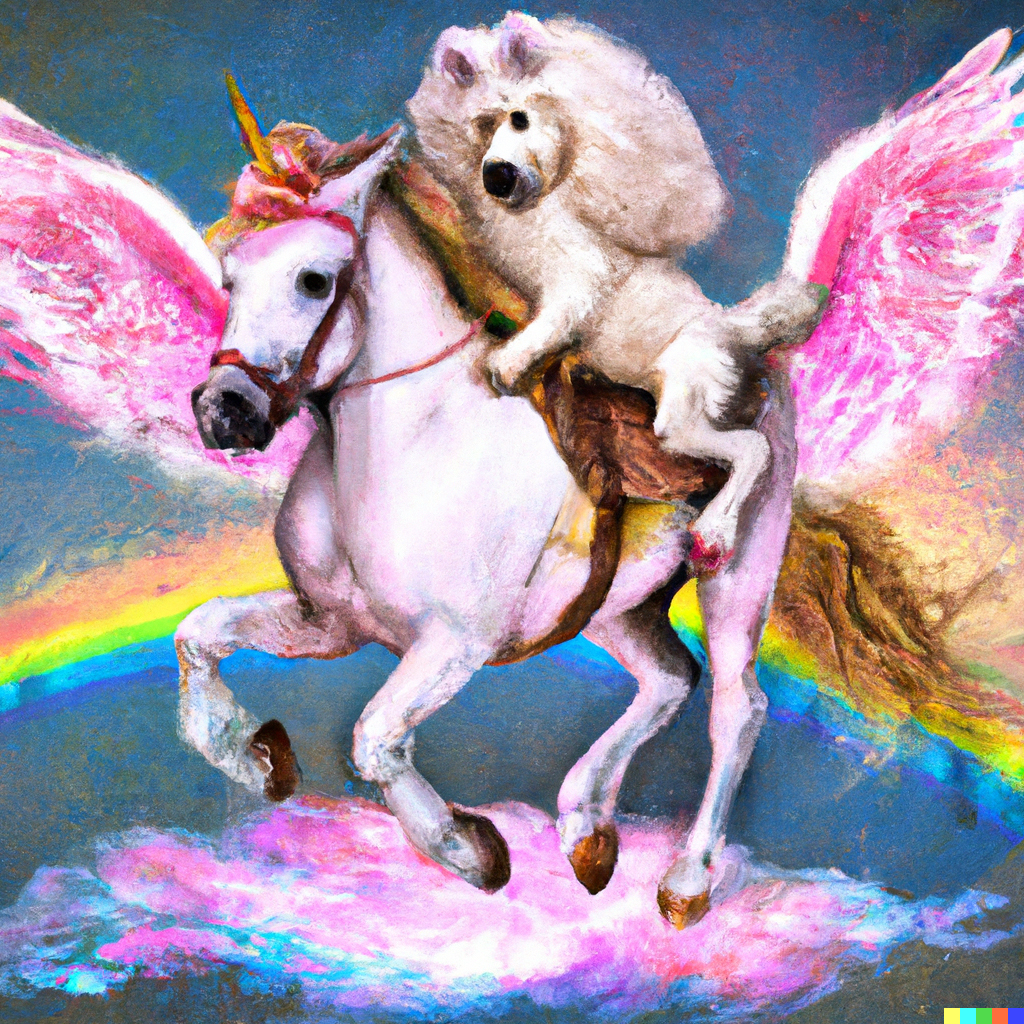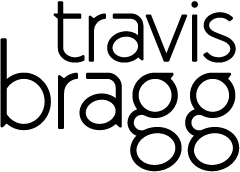The launch of ChatGPT and DALL-E in late 2022 produced a tidal wave that crashed through society in the same way that the reveal of the first generation iPhone left the globe quaking.
We collectively stood up and said “ooh, shiny new tool!”
Then the hot takes started pouring in. Was AI powered copy and ai image generation (Generative AI) our savior from redundant tasks, or a job killer in waiting?

For the creative class, i.e. copywriters, content creators, graphic designers, producers, and artist, the emergence of ChatGPT and DALL-E were mostly met with skepticism and fear. What would these tools mean for our craft and our livelihoods?
Understand what you fear
I don’t know about you, but when I don’t understand something I get spooked, so I decided to dig in and understand how these tools work. Was my work as a brand strategist and creative director under threat, or could these tools enhance my work?
AI generated copy is fascinating
ChatGPT and similar tools can produce sentences that read superbly and sound human-made. Without getting too technical, these tools respond to a user query:
“Tell me a story about Red Riding Hood and the downfall of the Wizard of Oz.”
Next, they scour data sets (libraries of language found on the web) and then randomly construct topically relevant language that abides by programmed rules for grammar, language, and sentence structure.
✏️ I queried ChatGPT to explain in one sentence what branding is. Here’s what it spit out:
Branding is the process of creating a unique identity and image for a product, service, or company to distinguish it from competitors and build recognition and loyalty among consumers.
If I were a professor I would offer no edits. This statement is perfectly written and accurate. Sure it lacks charisma and a point of view, but it get’s the job done. The tool followed my query accurately, and I could always warm up the language by adding additional parameters such as tone and style.
AI generated images are… scary
DALL-E and similar generative image tools work in much the same way as their text counterparts. They scour data sets based on a user query and then fuses together images and styles to fit the query. The results are often strange, but sometimes brilliant.
✏️ I asked DALL-E to generate an image of a furry white dog riding a pink horse with wings flying over the rainbow in the style of Realism… And it served up four distinct, ugly results. Behold!

What can I say. This image looks like five crayon drawings were put through a meat grinder and then a filter was slapped on top. Not great, but weirdly cute.
Is that legal?
To complicate things further, copy theft is difficult to detect, but imagery is a whole different ball game. For all I know, 80% of this image was built using protected material. The legal ramifications are baffling, but that’s a post for another day.
Are we screwed?
So, we have powerful AI tools that produce readable copy and semi-original artwork that are accessible to all. Like any good revolution, this is disruptive technology for sure and it will change the creative industry.
I foresee a point in time where a marketer can log into her generative AI tool of choice and produce a years worth of content in minutes. It reads well, looks great and is optimized for the channels she wants to target. Without the need of a copywriter or a graphic designer, she saves thousands of dollars and many hours. Does she feel guilt or is this the new status quo? Is there another way forward?
What we value matters
Do we prioritize the work of the human artist or the efficiency of AI? Do we prize the work of a human author or do we accept that AI can produce literary masterpieces? Society must contend with its values and what it wants to uphold. Technology is a tool, the tool should not rule us.
